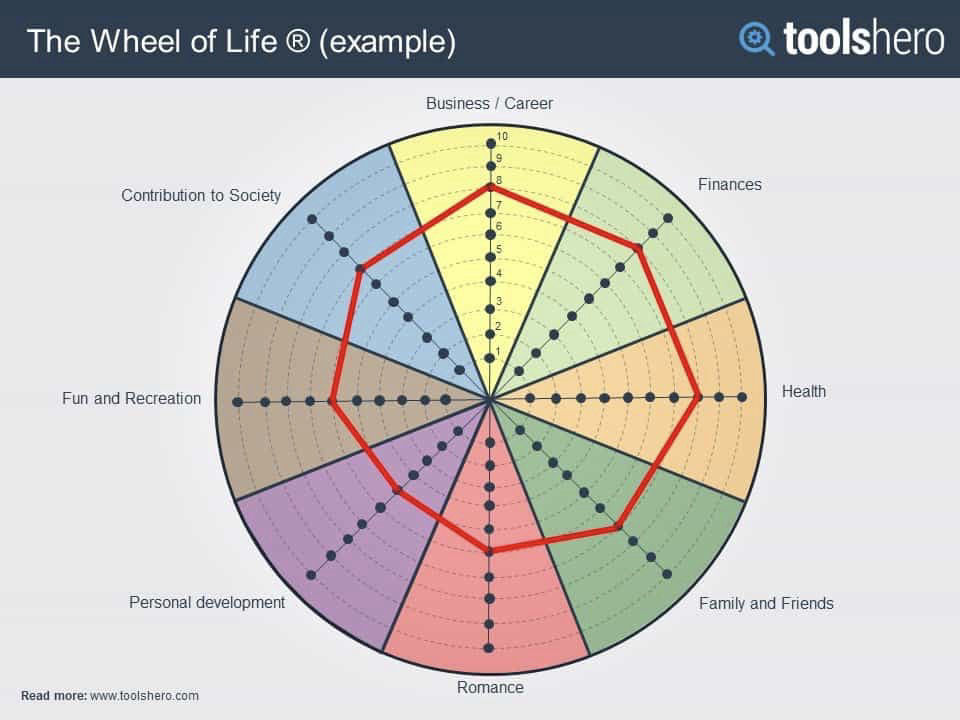
The issue of work-life balance is a common topic for many coaching clients and it is, in my experience, rarely that their personal life is taking over their work life in such situations!
Many of us have had periods in our work when we have had to go the extra mile, be it in the form of late nights or weekend working, but if this is always the case, then is it time to step back and reflect on whether the balance is right and if not, what are you going to do about it?
We are all different, and for some people work is the most important thing in life and that is fine, it is a matter of individual choice (although that does not mean that such decisions do not impact other people, such as family members).
For the clients who bring work-life balance to coaching, something is usually amiss behind the need to address this headline topic, and such individuals are, in my experience, also looking to find better life balance more generally.
Quite often in these situations, the client cannot see the wood for the trees; they are so busy being busy, they are too busy to step back and work out what is going on in their life.
This is where coaching can be of great value in creating the space for the client to ask what is going on, what impact the underlying issues are having on them, what part am I playing in it, what can I influence in my life and what am I going to do about it?
A good starting point for such a client who has a work-life imbalance is to get them to understand what that imbalance is and their reflections on it.
A useful exercise in such an instance is the Wheel of Life (example below).

Using this technique, the client is given a bank wheel with no axis labels. The client then chooses the labels that are important to them in life and scores each axis with how satisfied they are currently with that particular area. The client then reflects on what the wheel is telling them regarding the life balance they have, what they are happy/unhappy with, and where they may need to explore further.
Typically, in a work-life balance conversation, work is taking time from other areas important to the client. It is useful as a first step in such a situation to see the wood for the trees and help give the client focus on why they need to take further action.
The coach and client can then explore what is driving their high workload. This may be one thing or more likely involves a multitude of factors.
There are many reasons why work takes over, some of which relate to the workplace: peer pressure, an over-demanding boss etc., and some relate to the individual: perfectionism, “can’t say no”, managing boundaries, etc.
Identifying what is causing the pressure for the client allows the client to then consider options for better management of the issue. For example, if the issue lies with how the client is managing their time, the questions can focus on what meetings they are attending, and what they could be delegating or shouldn’t even be doing. Then an exploratory conversation around what is in the client’s diary for the next four weeks, or listing the top ten tasks that take up the majority of their time can be beneficial in identifying what they may want to think about doing differently, delegating or stop doing altogether moving forward.
If the issue sits with someone else (i.e., their boss), then exploring options with the client and possibly helping them prepare for a conversation with their boss may be another helpful course of action.
What we are trying to achieve here is finding the right balance between work and the rest of life so that it is possible to feel able to give the best self possible to all the areas that are important in life.
As always, if this blog raises any questions for you that you would like to discuss, please get in touch.
From the author:
As coaching is not an advice-giving service, these blogs are not written with the intention of proposing solutions to common leadership challenges. Instead, they are thought pieces with the aim of prompting the reader to think more deeply about the topic and reflect on whether it warrants further exploration, with or without a coach.
If you would like to hear more about coaching and how to make it work for you, feel free to subscribe to my newsletter and to share this blog with anyone that might be interested in learning about executive coaching, how it works and whether it could be of benefit to them.